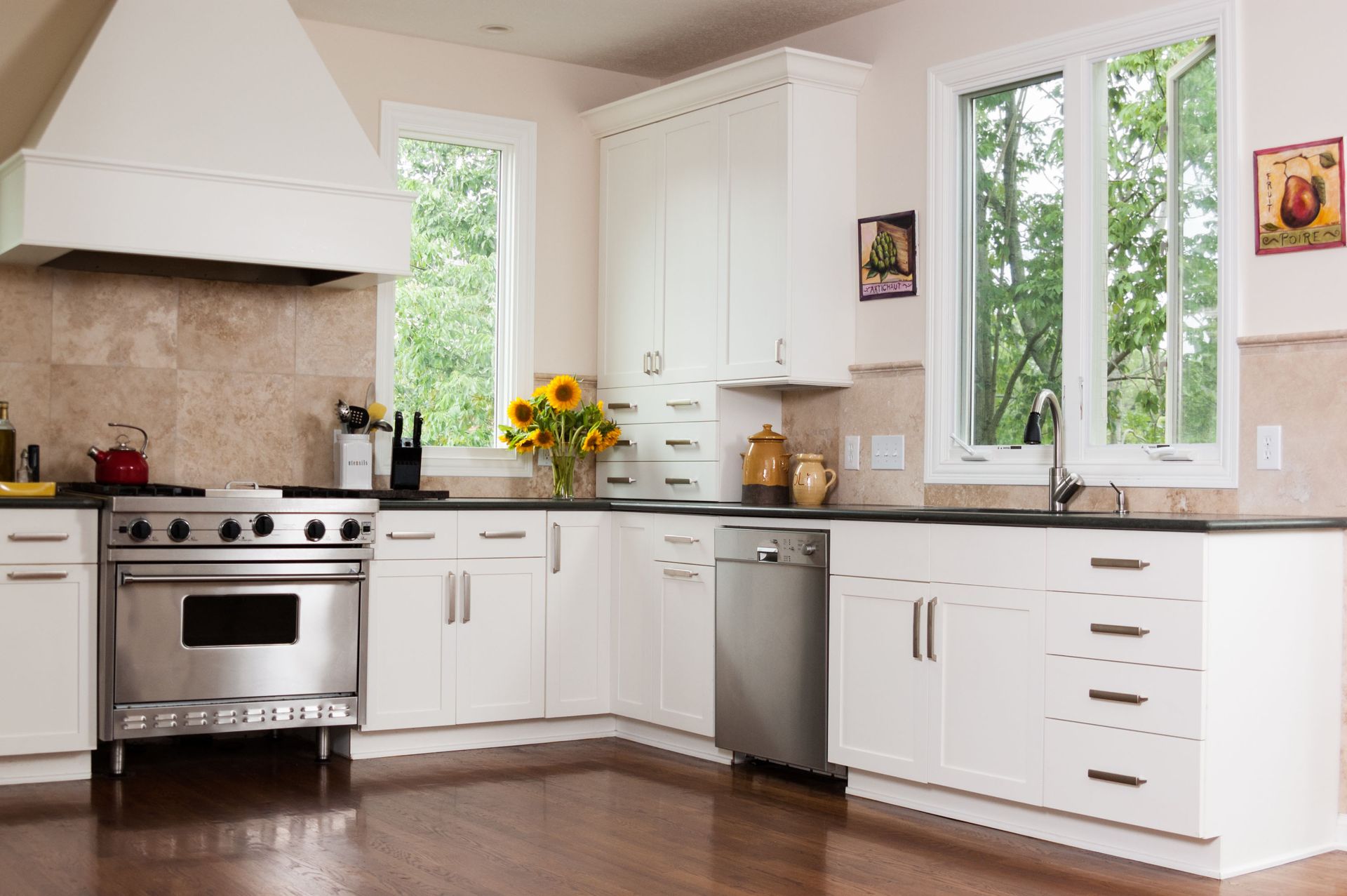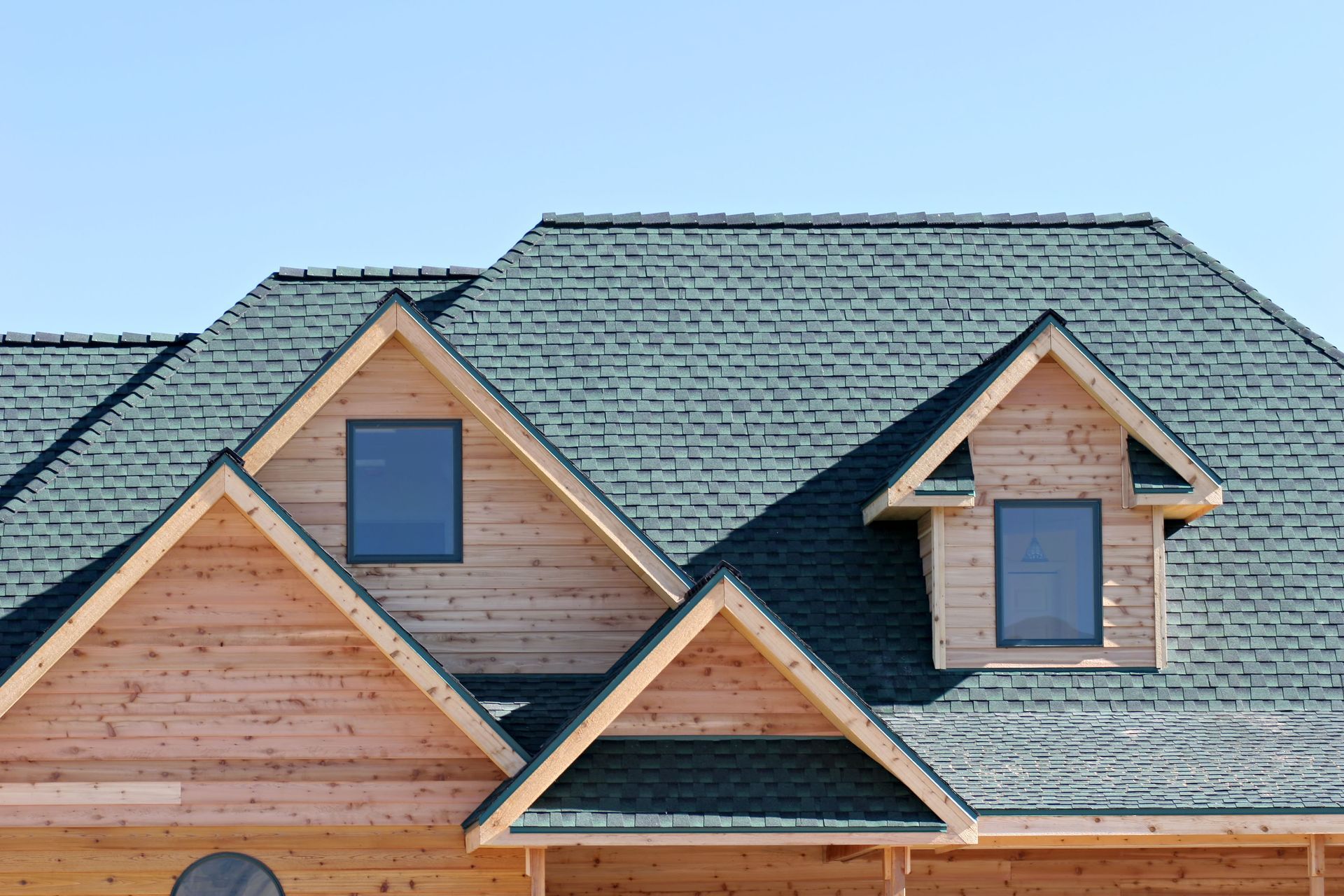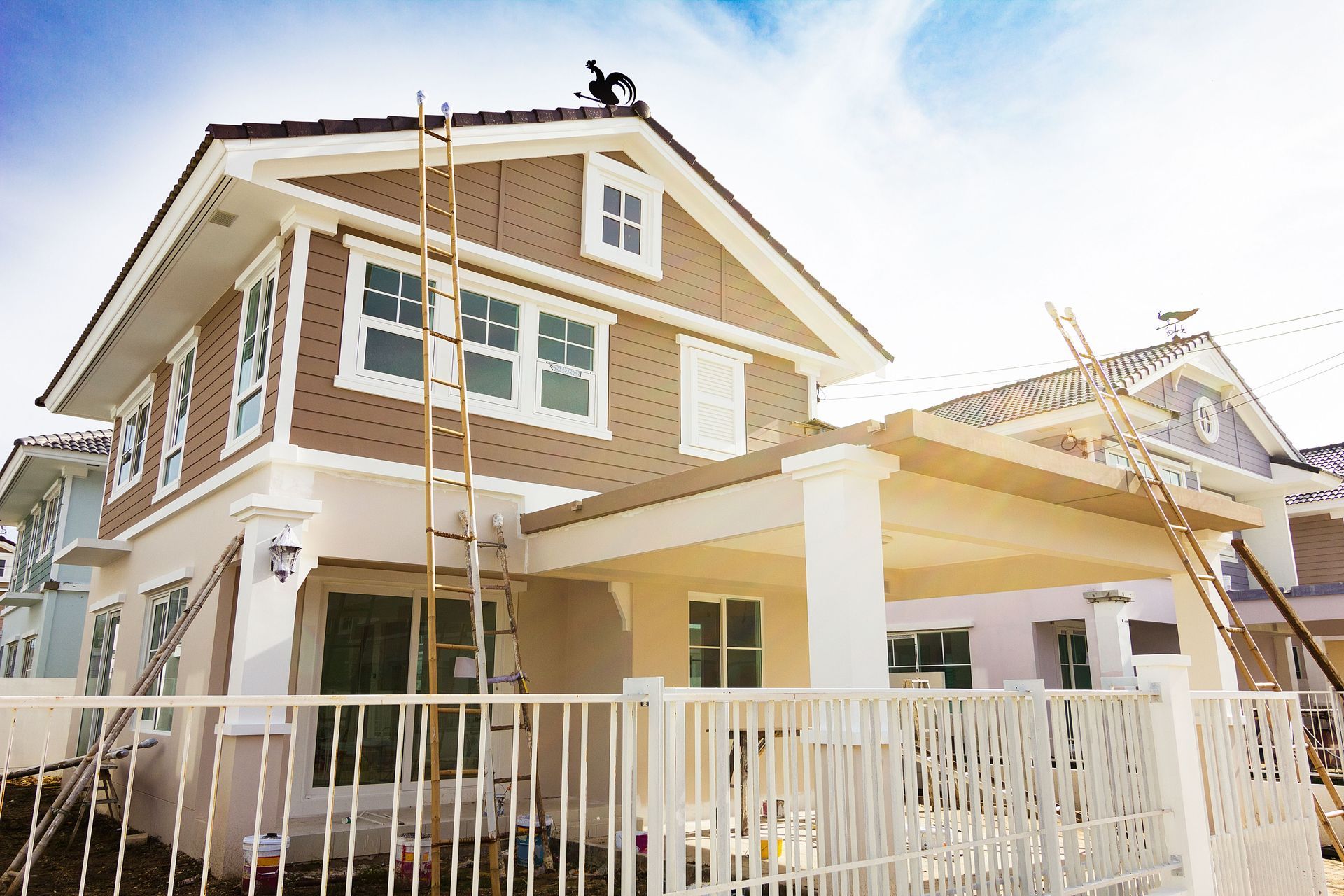August 8, 2025
In recent years, there has been a marked shift in how people approach homebuilding, with custom homes taking center stage. This movement towards personalized spaces is reshaping the interior design landscape. Modern living increasingly values individual expression, translating into interior spaces that cater specifically to the homeowner's lifestyle and needs. According to Technavio, the interior design services market size is forecast to increase by USD 31.77 billion, at a compound annual growth rate of 4.5% between now and 2029. This article delves into the myriad ways custom homes are influencing interior design, examining key trends and their implications. Readers can expect insights into open-concept living, the integration of smart technologies, sustainability practices, and much more.
1. The Move Toward Open-Concept Living Spaces
1.1 Evolution From Traditional Layouts
In the past, homes were designed with distinct rooms for each function. This traditional approach often resulted in segmented spaces that felt boxy and confining. Today, custom homes increasingly opt for open-concept layouts, which promote a sense of continuity and spaciousness. This evolution reflects a broader societal shift toward more communal and inclusive living environments. By breaking down interior walls, open-concept designs foster interaction and connectivity among occupants.
1.2 Benefits of Open Spaces in Custom Homes
Open spaces in custom homes offer numerous advantages, including enhanced natural light distribution and improved air flow. Homeowners appreciate the way these layouts accommodate a range of activities without the need for multiple rooms. They allow for multifunctional spaces that can adapt to different purposes and occasions. This flexibility is particularly appealing in today’s fast-paced world, where needs are constantly evolving. Ultimately, open-concept designs contribute to a more harmonious and efficient living environment.
1.3 Designing Open-Concept Areas Effectively
Designing open-concept areas requires a careful balancing of elements to maintain cohesiveness. Interior designers often use strategic furniture placement and area rugs to subtly delineate different zones within an open space. A cohesive color palette and thematic decor help unify the various sections, ensuring visual continuity throughout. The emphasis is on creating an inviting, uncluttered setting that allows for seamless movement. Many designers also incorporate statement pieces that serve as focal points, drawing the eye and anchoring the space.
2. Integration of Smart Technology
2.1 Embracing Popular Smart Home Trends
The embrace of smart technology in custom homes has significantly transformed interior design. Popular smart home devices, such as automated lighting systems, smart thermostats, and integrated entertainment centers, are now standard. These technologies not only enhance convenience and energy efficiency but also influence design choices, as spaces need to accommodate complex wiring and sophisticated equipment. The design industry is responding by offering furniture and fixtures that are compatible with tech-enhanced environments. This trend is expected to continue growing, with innovations continuously emerging in the tech sector.
2.2 Shaping Interior Aesthetics With Technology
As technology becomes more integrated into daily living, it exerts a considerable influence on interior aesthetics. Sleek, minimalist designs often accompany smart technology, emphasizing clean lines and subtle sophistication. Designers seek to create environments where technology complements rather than dominates the space. The goal is to make gadgets unobtrusive, maintaining the visual elegance of home interiors. This intersection of technology and design reflects a growing preference for environments that are both high-tech and aesthetically pleasing.
2.3 Designing for Tech-Enhanced Environments
Designing interiors for tech-enhanced environments requires forward-thinking strategies. Designers must consider the placement and functionality of tech devices early in the design process, making sure that homes remain flexible and future-proof. This often involves incorporating hidden storage solutions for tech devices and charging stations, maintaining aesthetic appeal while ensuring practicality. The seamless integration of technology into living spaces reduces clutter and promotes a streamlined visual experience. As noted by Technavio, the interior design services market size is forecast to increase significantly, emphasizing the growing demand for tech-adaptable design solutions.
3. Sustainability and Eco-Friendly Materials
3.1 Meeting the Demand for Sustainable Homes
Today’s custom homebuyers are increasingly prioritizing sustainability, driven by a heightened awareness of environmental impact. This shift is reflected in the growing demand for eco-friendly materials and building practices. Homes are now being designed with energy efficiency in mind, utilizing solar panels, energy-efficient appliances, and sustainable materials. Such practices reduce the home's carbon footprint while often lowering utility costs. Homeowners recognize the value of investing in sustainable infrastructure as both cost-effective and environmentally responsible.
3.2 Using Eco-Friendly Materials in Design
The use of eco-friendly materials in custom home design is on the rise, ranging from sustainably sourced wood to recycled glass and metal. These materials offer not only environmental benefits but also often possess unique aesthetic qualities. Utilizing such materials can create texturally rich interiors that reflect natural beauty. Designers are increasingly prioritizing materials that have a lower environmental impact, aligning with broader trends toward reducing waste and resource consumption. This emphasis on sustainability is becoming a defining characteristic of modern custom home design.
3.3 Incorporating Recycled and Natural Products
Incorporating recycled and natural products into home interiors reflects a conscientious approach to design. These materials are not only sustainable but also often bring warmth and authenticity to a space. Design strategies focus on maximizing the natural qualities of these materials, creating interiors that feel grounded and organic. Markets for reclaimed wood, recycled metal, and sustainable textiles are expanding, providing designers with a broader range of options. Homeowners are increasingly attracted to the story and craftsmanship behind these materials, enhancing the personal connection to their living space.
4. Personalization and Bespoke Design
4.1 Customizing Furniture and Fixtures
The growing demand for bespoke furniture and fixtures reflects a shift toward highly personalized home environments. Custom homebuyers appreciate the ability to tailor pieces to their specific tastes and functional requirements. This trend extends to fixtures and decor, where clients can select unique finishes and configurations. Designers and artisans collaborate to bring clients’ visions to life, resulting in spaces that are both functional and deeply personal. The rise of customization within the interior design market emphasizes the value placed on individuality and personal expression.
4.2 Developing Bespoke Color Palettes
Bespoke color palettes enable homeowners to further personalize their spaces, crafting an environment that resonates with their aesthetic preferences. Custom color schemes can evoke moods, enhance architectural features, or align with personal branding. Designers work closely with clients to develop color strategies that reflect their tastes while maintaining harmony within the home. This personalized approach extends across walls, textiles, and accessories, offering endless possibilities for individual expression. The flexibility of bespoke palettes allows for a tailored design experience that is unique to each homeowner.
4.3 Tailoring Spaces to Lifestyle Needs
Custom homes increasingly reflect their occupants’ lifestyles, with tailored designs that consider unique needs and preferences. Whether designing a home office, a personal gym, or entertainment spaces, personalization is key. Designers collaborate with homeowners to create functional layouts that anticipate daily rituals and special occasions. This lifestyle-driven approach results in spaces that enhance the quality of life, making everyday routines simpler and more enjoyable. Tailored interiors ensure that homes are not only beautiful but also highly functional and supportive of their occupants' lifestyles.
Custom homes are proving to be a significant force in redefining the landscape of interior design, merging functionality, personalization, and sustainability. As homeowners demand more tailored and responsive spaces, the industry must innovate to meet these evolving preferences. This trend will continue to shape the future of home design and architecture, emphasizing the importance of adaptability, cultural appreciation, and sustainable practices. The forecasted growth in the interior design services market underscores the demand for forward-thinking design solutions. As we move forward, the implications for design are profound, promising exciting advancements and opportunities within the industry. If you're looking for a group that specializes in custom homes, make sure to contact Excalibur Home Designs today!




